Your chances of catching nature's most spectacular light show are at an all-time high
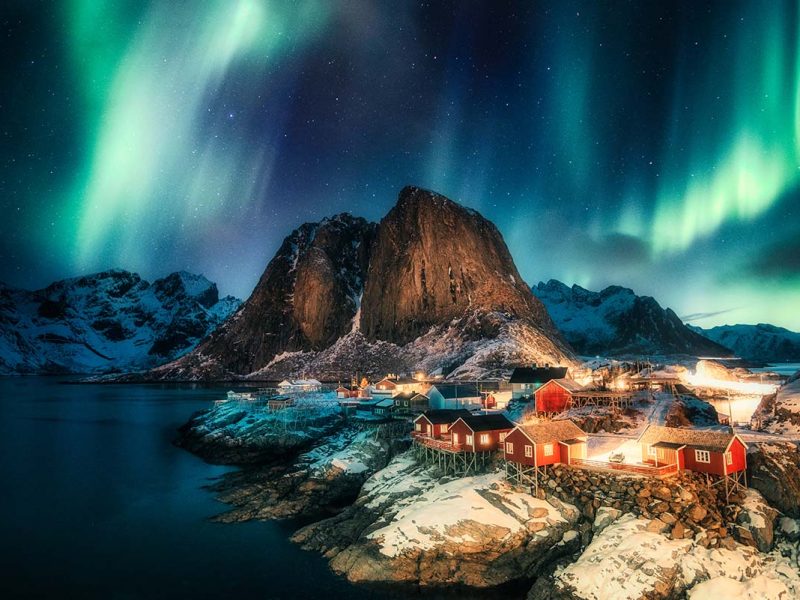
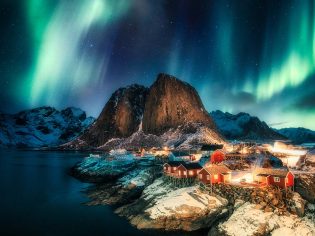
Northern Light in Hamnoy, Lofoten islands, Norway
If you want to witness one of nature’s most spectacular phenomena, now might be the time to get packing…
Thousands of visitors journey to the northernmost stretches of the Earth in hopes of witnessing the Northern Lights. It’s an atmospheric phenomenon that can only be described as magical, where otherworldly ripples of light cast a cascade of colours against the night sky. The Northern Lights, or the ‘Aurora Borealis’ has captivated humans for millennia, making its way into old folklore, myths and now bucket lists around the world.
Here, we break down why the next few years are the best time to make tracks for the Northern Lights, and all you need to know about booking a trip.

You will be uplifted by colour and beauty when you clock eyes on the Northern Lights in Canada.
With any natural event, there are no guarantees. This makes planning a trip around sighting the Northern Lights a particular challenge. However, over the next two years, your chances of catching nature’s most spectacular light show will be at an all-time high.
This is due to the sun’s position in the current solar cycle, which is set to approach a solar maximum in 2025. The solar maximum is marked by a period of intense solar activity and an increased occurrence of sunspots. Although the Northern Lights look like they’re caused by pure magic, they’re actually a product of this solar activity entering our atmosphere via electrically charged particles. In short – if you’ve ever dreamed of seeing the Aurora Borealis light up the sky, now is a good time to start planning.
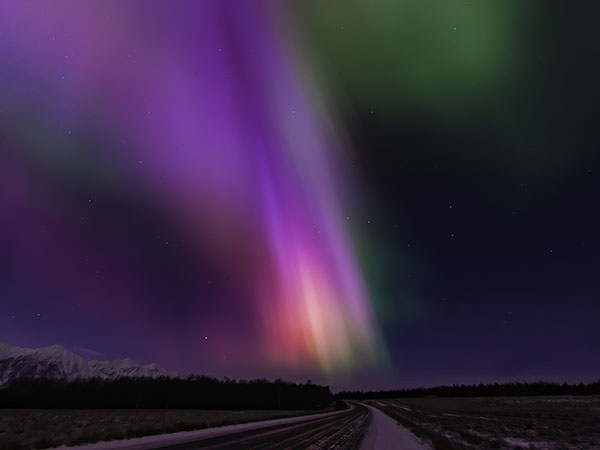
The sun is set to reach its solar maximum in 2025, resulting in the most intense and vibrant aurora displays.
When is the best time to see the Northern Lights?
The best time to see the Northern Lights is when the sun is at a solar maximum in its cycle. The year 2025 will mark the peak of the sun’s current cycle, yielding the strongest and most vivid light displays. However, the years on either side of the solar maximum will also be characterised by increased sunspot activity, making the entire period an ideal time to visit the northernmost reaches of the planet to catch the aurora.
The Northern Lights are unpredictable, making sporadic appearances throughout all the seasons. You can technically spot the lights year-round, but the best time to do so is between November and March when the skies are darkest and the aurora is easiest to see.

This cosmic experience will stun you.
Where are the best spots to see the Northern Lights?
The best countries to catch the Northern Lights are Norway, Sweden, Finland, Iceland, Greenland, Canada and Alaska. The closer you are to the Arctic Circle, the better. Some choice destinations for a Northern Lights holiday include Yellowknife in Canada, Rovaniemi in Finnish Lapland, and Jukkasjärvi in Sweden.
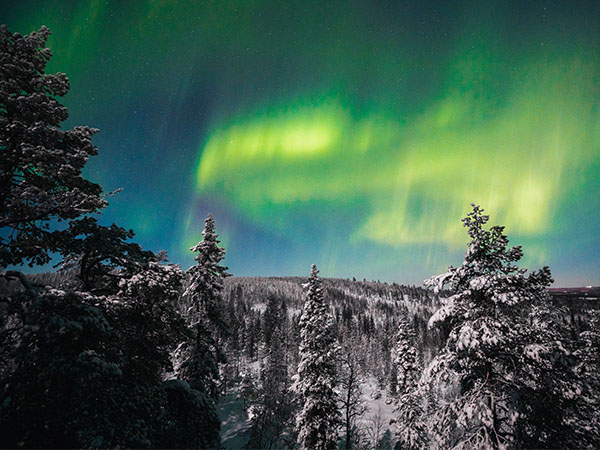
Enigmatic green lights flickering over Rovaniemi in Finnish Lapland.
Don’t want to pick just one destination? Consider an Arctic cruise like Hurtigruten’s North Cape Express itinerary during autumn and winter, which traces the Norwegian coast, all the way from the capital city Oslo in the south to North Cape in Arctic Norway, at the top of Europe (plus, you get the benefit of the Northern Lights Promise).
We’ve also rounded up some tips for spotting and capturing photos of the Northern Lights. Good luck!
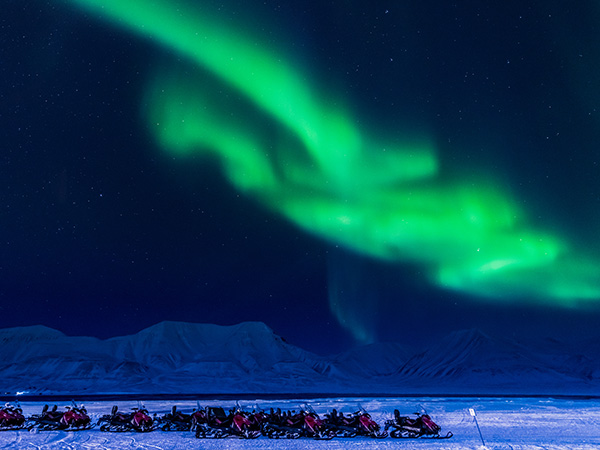
Svalbard is one of earth’s northernmost reaches, and one of the best spots to witness the Northern Lights.
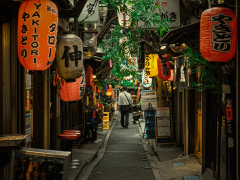
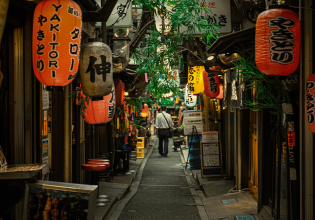


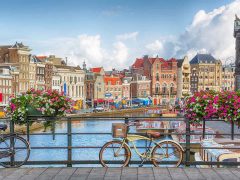
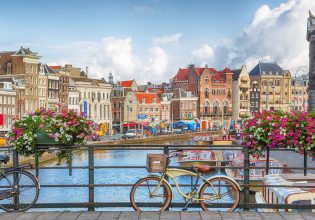

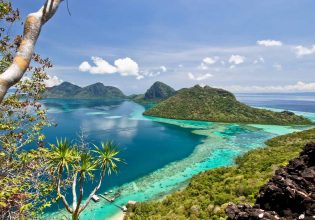

LEAVE YOUR COMMENT